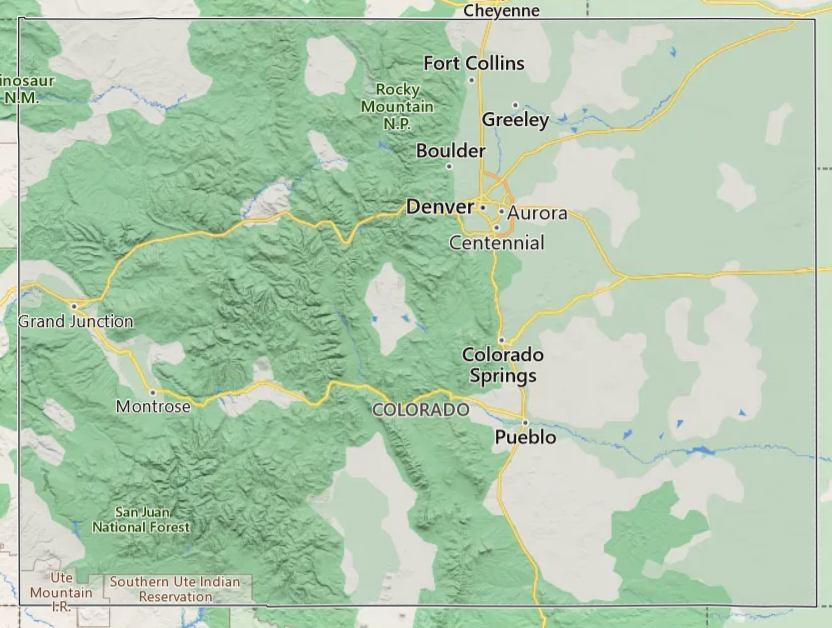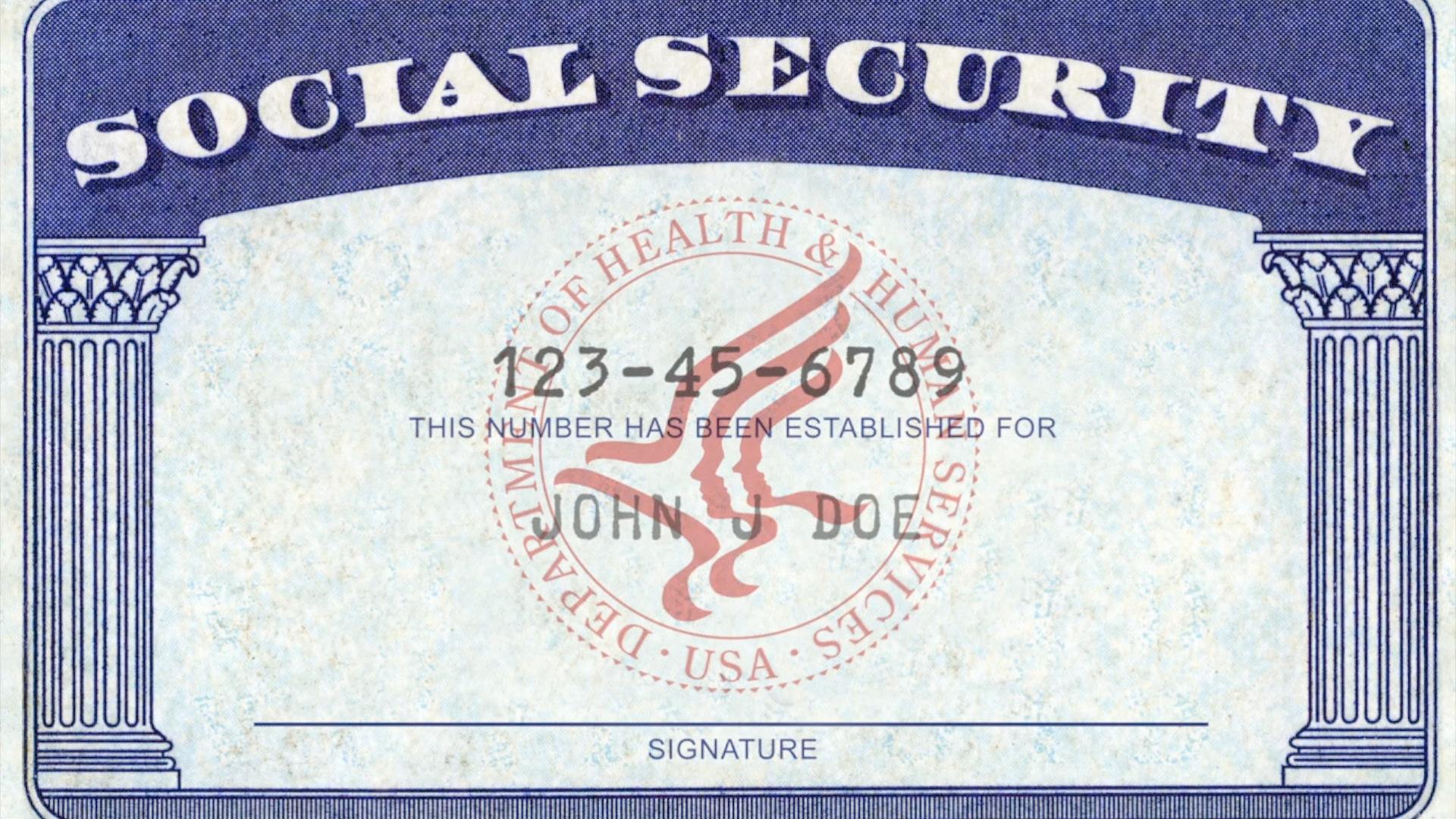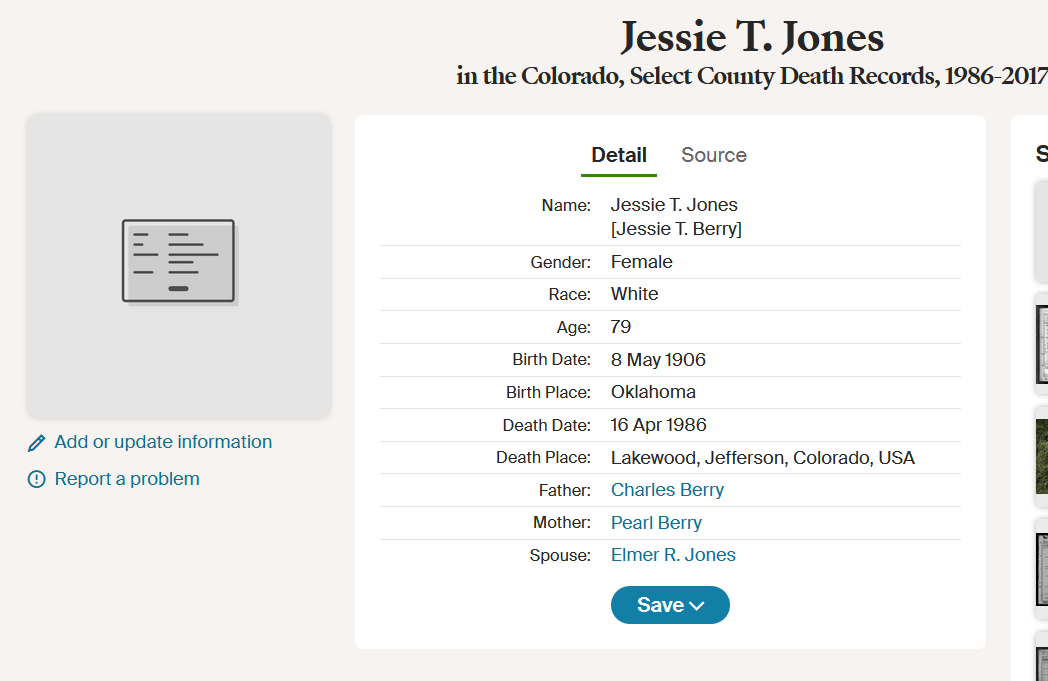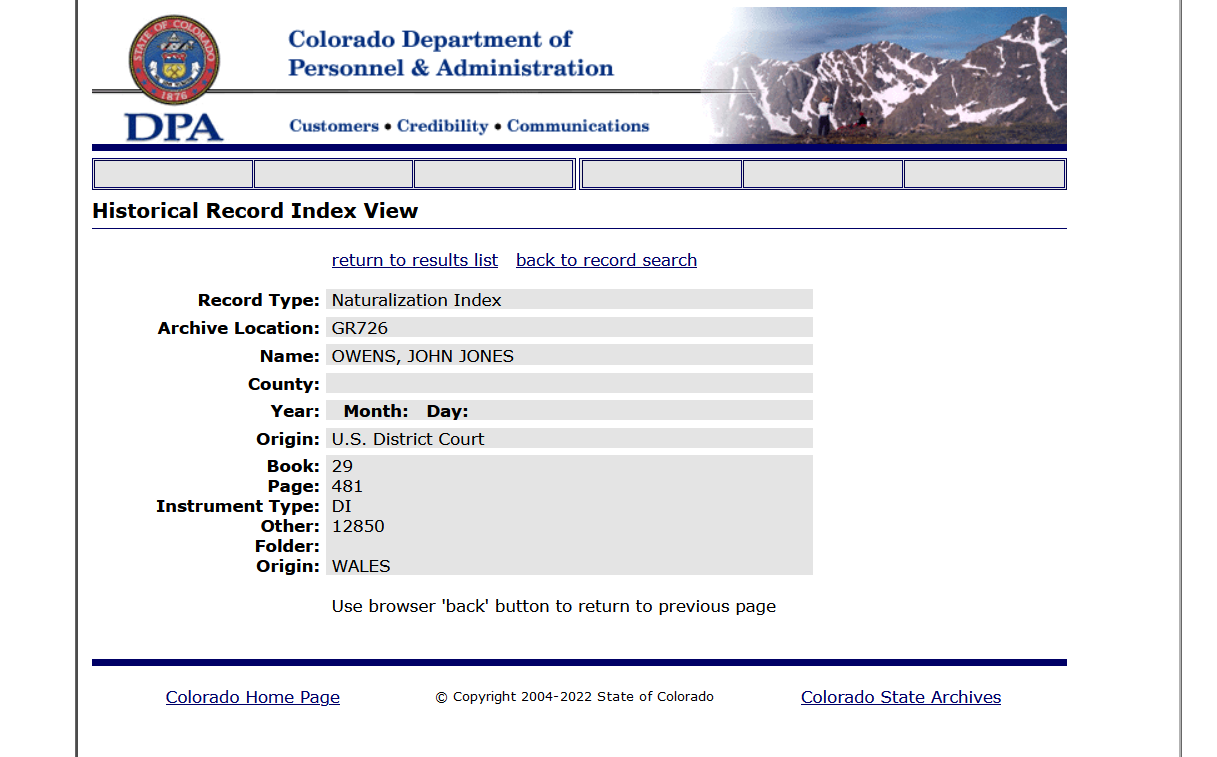Colorado Death Records and Death Index
You might be surprised how often genealogists face this set of circumstances. They know when their ancestor was born, when they married, when their children were born but they just can’t confirm when they died.
I have found a fair few instances where the only information missing is a death date and this can be very frustrating. This is why knowing what death records may be available to you can be vital in your research.
It is important to note that one of the biggest issues in finding a death record can be looking in the wrong place. You may be surprised how often people miss records because they are looking in the wrong county and sometimes even the wrong state.
In this post we will be looking at Colorado state death records and indexes to try and help you find those elusive ancestors. So if you are confident that your ancestor likely died in the state of Colorado then read on and hopefully we can help you out.
About Colorado
The home of the Mile High City, Colorado was the 38th State to join the Union achieving statehood on August 1st 1876. Once home to the Pueblo peoples and later the Plains Indians, Europeans first arrived in the region around the late 1500s.
The state gets its name from the Spanish who noted the region for its red-colored earth. The area was ceded to the United States in 1848 becoming a territory for several years. In 1858 gold was found in the region.

With a land area of 104,094 square miles and a population in excess of 5 million it is a sparsely populated space. This means much of the state is unspoiled making tourism one of its top industries. Agriculture is another a big industry in the state as well.
Social Security Death Index 1935 – 2014
All American citizens, naturalized immigrants and resident aliens require a Social Security number for proof of identification and authorization to work. This number follows us throughout our life and when we die this nine digit code is very important.
The Social Security Death Index (SSDI) is a database of death records that was compiled from the United States Social Security Administration Death Master File. This was until 2014 when the rules changed and public access to the Death Master File had to take place through a certification program.

Those researching the deaths of ancestors in Alabama will likely find that most people who have died between 1936 and 2014 can be found on the Social Security Death Index. This does however only hold true if the person had a Social Security number when they died.
It is estimated that since 1973 the SSDI recorded 93% to 96% of the deaths of individuals aged 65 or over. The index was updated frequently and by June of 2011 there were 89,835,920 records available.
The index can be found on websites such as FamilySearch and Ancestry.com and offers details such as:
- Given name and surname (middle initial since the 1990s)
- Date of birth
- Month and year of death (Full date of death for accounts active after 2000)
- Social Security number
- State or territory Social Security number was issued
- Last place of residence when alive including ZIP code
Click here to search Ancestrydeathindex
U.S.,Social Security Applications and Claims Index, 1936-2007
This is more or less an extension of the information you can find from the Social Security Death Index. It has been extracted from the SSDI records but features more details. It does not include all of the names found in the SSDI however but there are at least 49 million names included.
In this record you may find additional information such as:
- Date and place of birth
- Parents names if deceased would be over 75 when you are viewing the records (may be redacted if under 75)
- Citizenship status
- Gender
- Sometimes race or ethnic group
Click here to search AncestryDeathindex
Colorado, Select County Death Records, 1986-2017
This is a partial index that can be found on Ancestry so as such is hidden away behind a paywall. There are roughly 169,000 death records in this database, a few of which may include images of actual death certificates.

Obviously this is for more recent deaths but still may be pertinent to your research. Principally these records come from Denver County.
Click here to search Colorado Death Records
Colorado Wills and Probate Indexes
This archive is run through the Colorado State Archives and features a wide collection of probate records and wills. Almost all of the counties are covered in this database for various time periods so if you know roughly when and where your ancestor may have died this index may be helpful.

It should be noted that not everyone left a probate record or will.
Click here to search Colorado Wills and Probate Records
State Records Are Limited
Although Colorado started statewide death records as early as 1900 they are not especially open when it comes to access to indexes and certificates. There are only partial death indexes available online so in general to obtain a certificate you have to go through the state.
If a death happened more than 75 years ago anyone can order a copy of the death certificate. If it is more recent there are some requirements that must be met in order to obtain a copy.
To obtain a death certificate from the last 75 years you must be:
- Current names spouse listed on the certificate
- An ex spouse who can prove a valid reason for needed a copy
- A parent who is listed on the certificate
- A stepparent who can prove the connection via a marriage certificate to persons listed parent
- Grandparents who can prove relationship with birth records
- Siblings who can produce a birth record showing at least one parent in common
- Descendants such as children grandchildren etc with proof of relationship
- Step children must prove birth and marriage proof for the connection
- In-laws must prove a valid need for the document and proof of familial connection
- Various professionals such as probate researchers, genealogists, creditors, legal representatives etc.
So essentially for records in the last 75 years you will need to prove a valid connection and possibly a valid reason for obtaining a copy of the death certificate.
County Specific Indexes
The individual counties may have various indexes of cemetery and death records that could prove useful. In the table below we will list some of the best ones by state to help you locate a record for your ancestor's death.
Conclusion
Colorado as mentioned is a sparsely populated state with vast areas of agriculture and natural beauty. As such historically vital records were not strictly adhered to at all times. Official vital records have to be obtained by the state but there are plenty of death related indexes available at the county level as well.
Link To or Reference This Page
We spent a lot of time downloading, cleaning, merging, and formatting the data that is shown on the site.
If you found the data or information on this page useful in your research, please use the tool below to properly cite or reference Name Census as the source. We appreciate your support!
-
<a href="https://namecensus.com/blog/colorado-death-records-and-death-index/"> Colorado Death Records and Death Index</a>
-
" Colorado Death Records and Death Index". NameCensus.com. Accessed on April 18, 2024. https://namecensus.com/blog/colorado-death-records-and-death-index/.
-
" Colorado Death Records and Death Index". NameCensus.com, https://namecensus.com/blog/colorado-death-records-and-death-index/. Accessed 18 April, 2024
-
Colorado Death Records and Death Index. NameCensus.com. Retrieved from https://namecensus.com/blog/colorado-death-records-and-death-index/.
